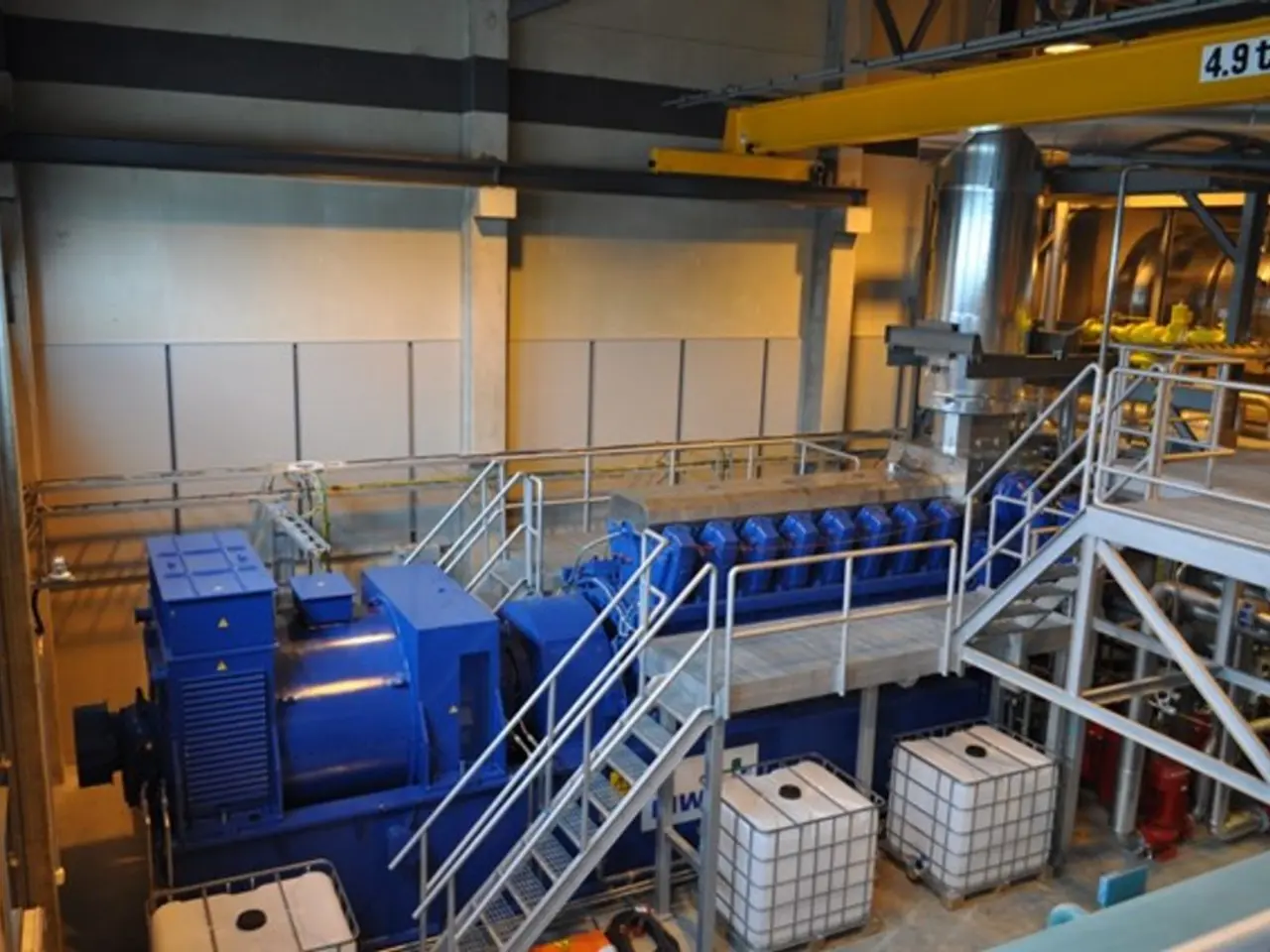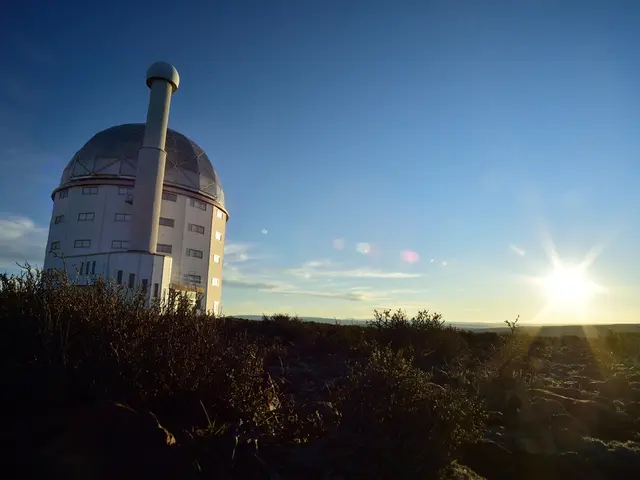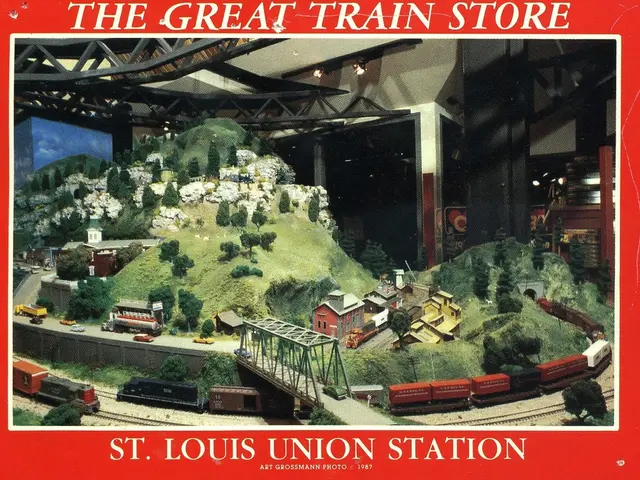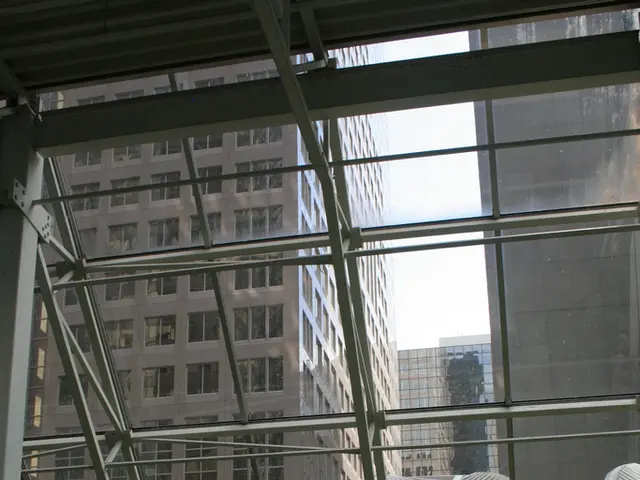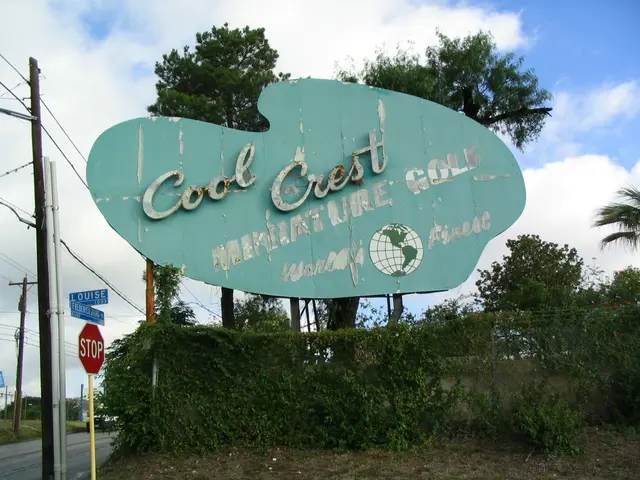Monitoring Progress: A Guide
In the heart of Baltimore, the "birthplace of American railroading," lies the Baltimore and Ohio Railroad Museum (BORM). Housed in the historic Mount Clare Station and Roundhouse building, the museum is a treasure trove of railway history, thanks to the dedicated work of archivist Anna Kresmer.
Kresmer's responsibilities at BORM include analyzing and cataloging materials, supporting exhibit development, and overseeing the research library. With a vast collection spanning approximately 7,200 linear feet, the museum houses locomotives, archives, a library, and small objects from the 1820s to early 1970s.
The BORM's research library, under Kresmer's care, houses over 5,000 titles. Among the significant materials are original journals of surveyors determining the path of the Baltimore and Ohio (B&O) Railroad. Kresmer highlights these journals as crucial pieces in the library and archives, as they offer insights into the creation of the first common carrier railway in the US, established in 1827.
The B&O Railroad, according to Kresmer, changed the concept and understanding of distance and what constituted a country. It helped transition society from small town or small colony identification into a nation. This transformation is evident in the materials in the BORM's library and archives, which help illustrate the impact of the railroad on the establishment of a shared American identity.
One unique item in the collection is a mechanical pencil gifted by President Abraham Lincoln to John Work Garrett, then-B&O President. The pencil is a testament to the museum's rich history and the significant figures it prominently features, including early railroad executives and engineers who played critical roles in pioneering America’s first common carrier railroad. Their innovations and management shaped railroad technology, infrastructure, and operations foundational to the U.S. industrial growth.
The BORM also documents key events in railway history, such as the 1927 Fair of the Iron Horse, B&O's two-week-long centennial celebration. The event is documented through stereo slides in the library and archives, providing a fascinating glimpse into the past.
Kresmer compares the creation of the B&O Railroad to a "seismic culture shift" and the internet in terms of impact. Her work at the museum allows her to assist with reference requests from various disciplines, including rail history enthusiasts, authors, and screenwriters, ensuring that the stories of the past continue to be told and appreciated.
The B&O Railroad Museum is not just a museum; it's a window into the past, offering visitors a chance to witness the birth and evolution of American railroading. Through Kresmer's tireless efforts and the vast collection at the museum, the legacy of the B&O Railroad lives on, providing a valuable resource for understanding the history of transportation in the United States.
